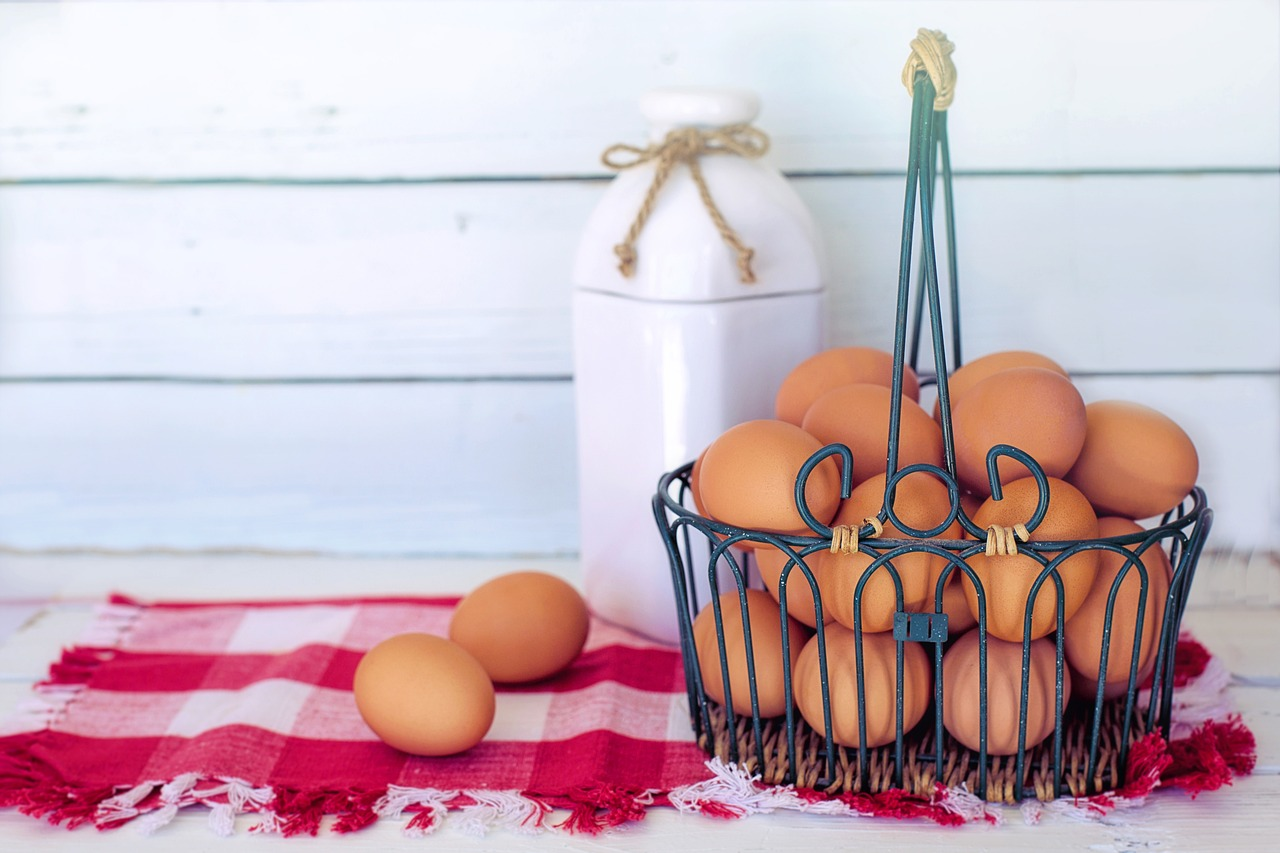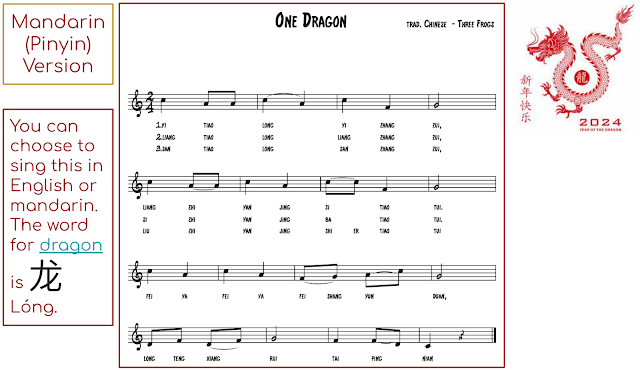Have you ever wanted to try more singing games but are stuck in the questions that arise about which ones work well and how to manage students in the midst of games? And why do we even do these?
Well... here you go!!
Victoria Boler and I sat down for a lengthy conversation around the what, when, where, why, and how of singing games. Go have a listen to the podcast or watch the video HERE!
Need more?
HERE are all 23 tagged and labeled posts on the blog with singing games - scroll all the way to the bottom and click "Older Posts" when you have finished with each page and it will load all the other posts with "Singing Games".
I will also be posting more in the next couple weeks on TikTok and Instagram so check those out, too!
Enjoy,































.jpg)

.jpg)
.jpg)
.jpg)
.jpg)
.jpg)
.jpg)
.jpg)
.jpg)
.jpg)
.jpg)
.jpg)
.jpg)
.jpg)
.jpg)
.jpg)




